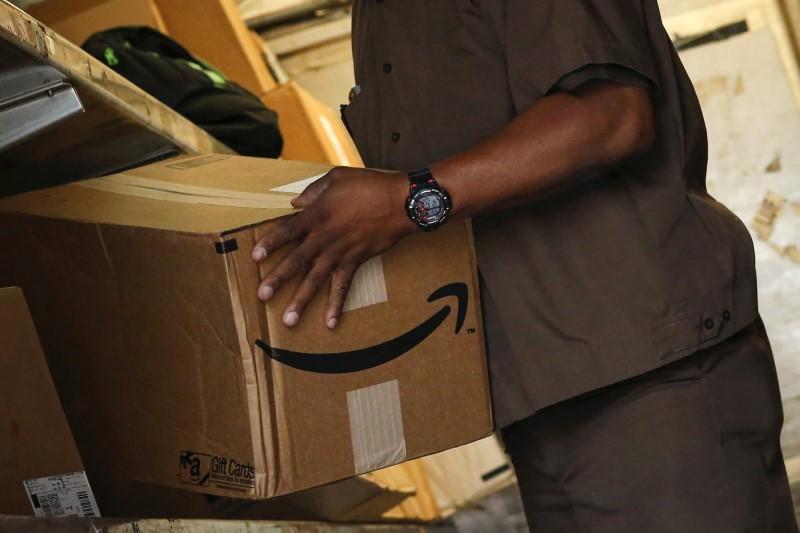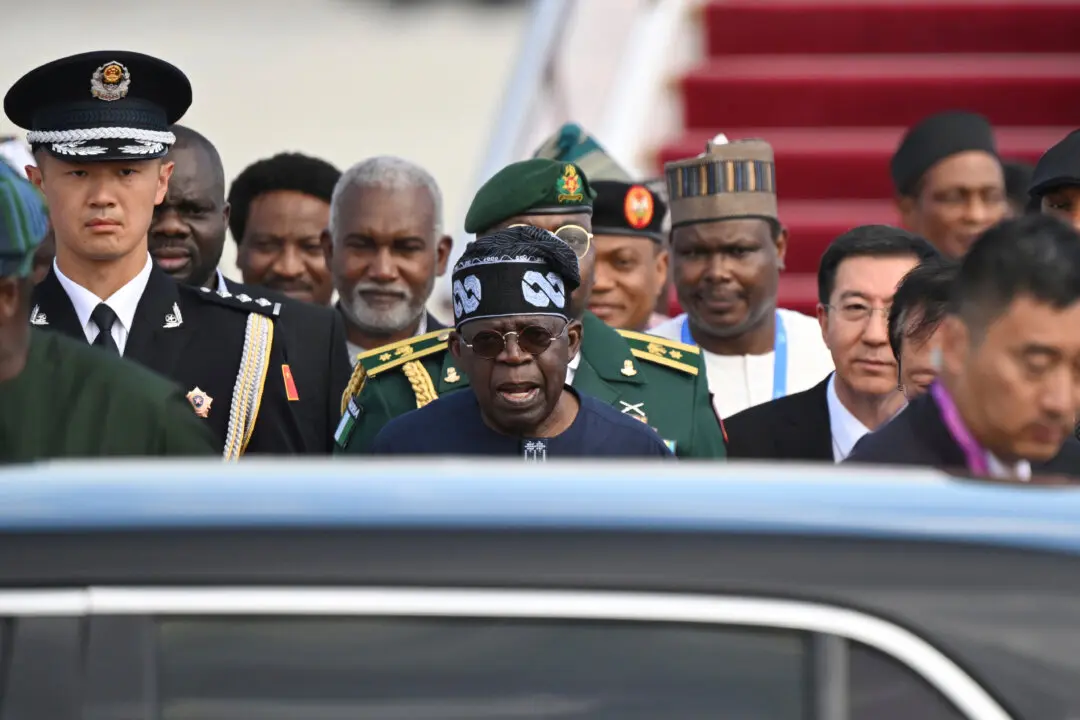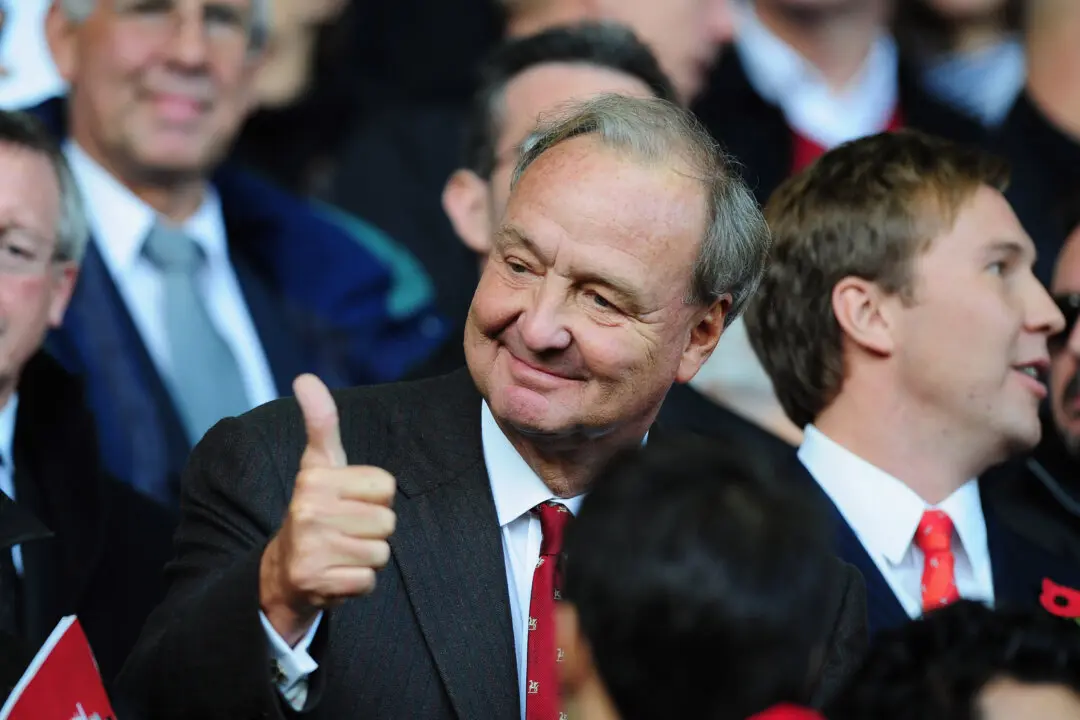U.S. stocks rose for a third straight day on Jan. 8 and the S&P 500 touched three-week highs, once again led by Amazon and a rally in industrials on hopes that the United States and China would strike a deal to end a trade war.
The rally, sparked Jan. 4 by a robust U.S. jobs data and dovish comments on interest rates by Federal Reserve chief Jerome Powell, has lifted the S&P by over 9 percent from the 20-month lows hit around Christmas.





